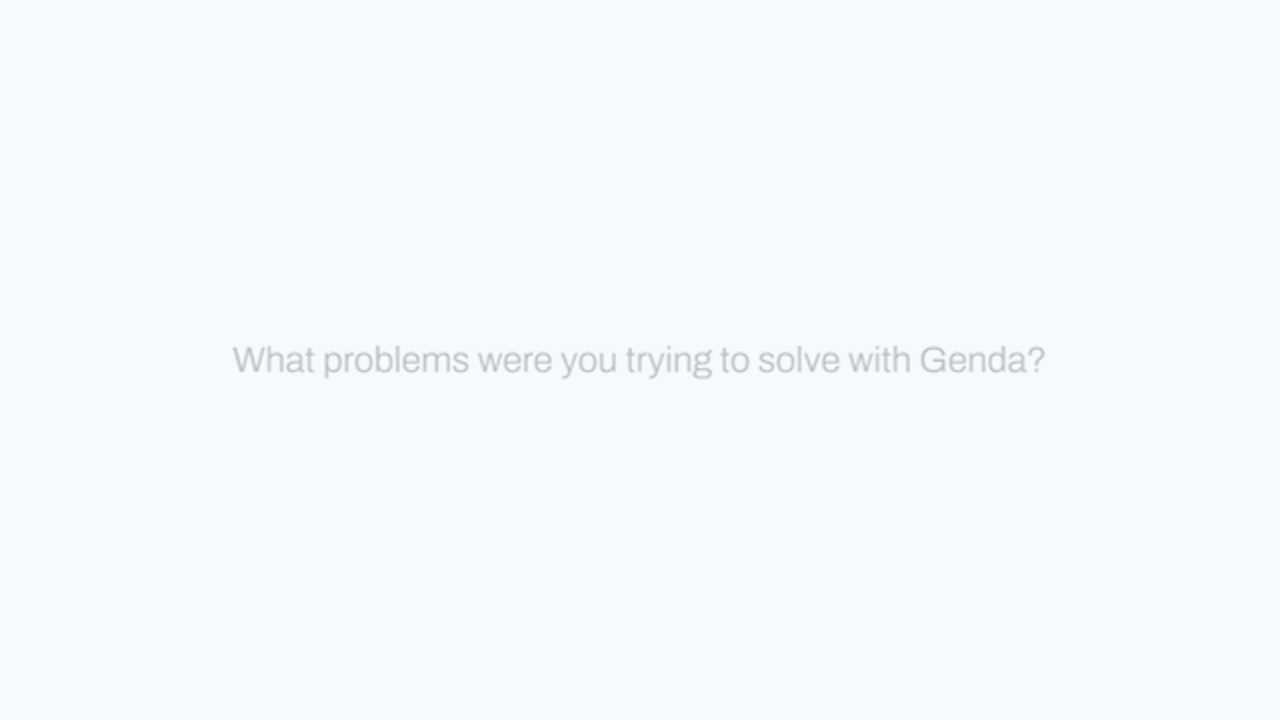Why Should You Implement Construction Resource Monitoring Software?
Construction industry organizations are under pressure to perform more efficiently and effectively than ever before. This is especially true for those who work in project management, where time is money and every second wasted can result in increased costs or missed deadlines. Construction resource monitoring software can help you manage your resources more effectively by providing accurate information about the status of projects as well as the availability and performance of your workforce.
Current systems for resource and labor tracking are often based on spreadsheets and paper schedules, which are time consuming, inaccurate and difficult to manage. Wearable technology has proven to be inefficient, costly and labor heavy making them more difficult to implement, manage, and maintain.
New generation of construction resource monitoring software takes advantage of existing technology to streamline these processes while improving efficiency and productivity. Using data points to monitor labor capacity - Resource monitoring software collects data points that can be used to track capacity (number of people) as well as productivity (number of tasks completed per day). Some examples include workflow efficiency (how efficiently you're using your resources), number of daily tasks completed compared with the planned number of tasks for each worker or team member; actual vs planned labor hours spent at each task site by each worker/team member; overall project completion rate using this information from all sites so everyone knows exactly where they stand at any given moment.
Construction resource monitoring software is designed to maintain project health by providing accurate information about the status of projects, as well as the availability and performance of your workforce.
Construction resource monitoring software is designed to maintain project health by providing accurate information about the status of projects, as well as the availability and performance of your workforce.
It's important to be able to track your resources so that you can make informed decisions about how they should be allocated. This means understanding where your workforce is at any given time, whether they have enough work to do and what their productivity looks like over time.
In order for construction companies or contractors who use this type of software tool know exactly where they stand with regard to their workforce needs - whether it's hiring more workers, prompting trades to ramp up or decrease manpower - it's critical that these tasks are managed effectively on an ongoing basis.
Current systems for resource and labor tracking are often based on spreadsheets and paper schedules, which are time consuming, inaccurate and difficult to manage.
If you're like many construction managers, your current systems for resource and labor tracking are based on spreadsheets and paper schedules. Spreadsheets are time consuming because they require manual entry of data, which is prone to error. Paper schedules don't scale well--they're difficult to manage when there's too much information or if you need rapid changes in workflow or workflows that cross multiple projects (for example: one project finishes early but another hasn't started yet). They also can't be securely shared among team members so everyone knows what their responsibilities are at any given time. This can lead to errors in reporting and make it hard for others on your team to access information when they need it.
Paper schedules are also not scalable or secure; if you have multiple locations with lots of different contractors coming in on different days and times, then this causes problems with trying to keep track of everything all at once.
Many contractors are turning to scheduling software that integrates across their PM solution (if the PM solution doesn't already have an adequate scheduling feature) which is a step-up, however, they still only give you insight into what is "planned" but not actuals.
Wearable technology has proven to be more problematic for resource monitoring than once thought.
Wearable badges or smart helmets often get lost, stolen or forgotten daily, making them less effective in providing accurate or reliable data. Additionally, many of these devices require complex hardware implementation processes that make them hard to install and increase time to value.
The new generation of construction resource monitoring software takes advantage of existing technology to streamline these processes while improving efficiency and productivity.
For example, Genda uses Bluetooth sensors and smartphone apps to monitor resource data which makes labor monitoring both easy to install and implement, and given our human obsession with our phones (we never leave their side), a useful method to monitor labor location, movement, and activity.
These Bluetooth sensors are installed in concrete (or on wood structures) in various areas across the job site, in vertical buildings on various floors and units based on the design. This installation method helps field managers get more unit-accurate location data and makes installation a breeze. Using disposable sensors, each sensor has a battery life of 3+ years, which often exceed the project development phase.
These sensors communicate with the smart phone app, allowing the phones to work as a gateway, reducing complex tech requirements and improving location accuracy.
Using Data Points to Monitor Labor Capacity
Data points are the key to managing labor capacity. They can be collected automatically and it's important to note that it's not just about having the data--it's also about using it correctly. Data points help identify problems and opportunities for improvement, which will help you make more informed decisions about your construction resource management strategy.
Some examples of data points include:
-
Time spent on each project, on each level or in each unit, by workers (logged automatically)
-
Tasks in progress per worker (logged automatically)
- Productivity per trade, per area/floor/unit
Resource monitoring software collects data points that can be used to track capacity, productivity and efficiency. Some examples include workflow efficiency, number of daily tasks completed, actual vs. planned labor hours and overall project completion rate.
The importance of collecting these data points cannot be understated; you need to know what's working well and where there are problems in your process so that you can make changes as needed (or even better yet, before they become problems).
For example: if your team is spending too much time on one particular task instead of moving on to the next task on their list or if they have been assigned more work than they can handle in an 8 hour day then this may mean something needs changing within the system itself or possibly with individual employee skillsets/knowledge levels which would require additional training prior to beginning any new projects with those individuals.
The ability to track these metrics provides valuable insight into how well your organization or your trades are performing at any given time.
It also helps teams identify opportunities for improvement so that they can avoid costly delays in projects or other problems that could arise from underperforming workers or inefficient processes.
You can use metrics to track capacity, productivity and efficiency. Metrics can also be used to identify opportunities for improvement or avoid costly delays in projects or other problems that could arise from underperforming workers or inefficient processes.
In order to do this effectively, you need to have a clear understanding of what each metric means and how it's calculated. For example:
-
Capacity refers to how much work your team can complete within a given time period (usually hours). This is sometimes referred as "throughput"--the amount of units produced per unit of time.
-
Productivity refers specifically only at throughput; it does not take into account any downtime caused by breaks or other factors unrelated directly impacting production levels such as quality control checks.
Better management of construction resources can help you improve performance
-
Tracking labor capacity: Analyze the number of work hours available, and use this data to identify opportunities for improvement.
-
Tracking productivity and efficiency: Use key performance indicators (KPIs) to measure the performance of your trades, teams, or units. You can then use this information to make changes that improve overall project efficiency.
-
Tracking workflow efficiency: Monitor the progress of each task through every stage in its workflow--from planning through completion--so you have a complete view of how long each step takes and whether there are any bottlenecks in your process that need addressing immediately so as not to impact future stages' completion times by more than necessary.
-
Number of daily tasks completed vs planned labor hours: This gives you an idea about how much work has been accomplished.
With construction resource monitoring software, you can make sure that your projects are being completed on time and within budget. This is important because it allows you to avoid costly delays in projects or other problems that could arise from underperforming workers or inefficient processes.

.png)
